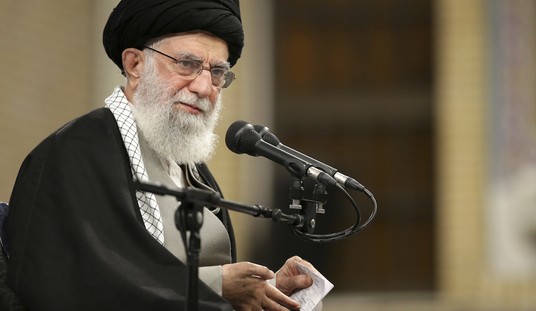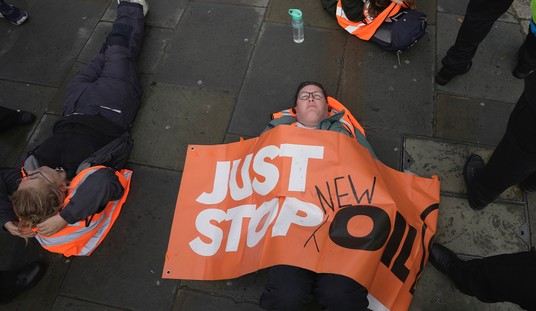One of the latest executive orders coming out of the White House this week isn’t attracting the same level of attention (and outrage) as recent edicts regarding immigration and transgender bathroom access, but a more sane world it would. This one is listed as, Enforcing the Regulatory Reform Agenda. Rather than targeting specific regulations to eliminate or establishing guidelines and criteria for how many regulations would be modified or removed (both of which have already been done), this order actually creates a new set of entities inside of federal agencies. As the White House describes it, new officers and boards will be established within the next 60 days having the sole purpose of reviewing all existing regulations based on criteria relating to job creation and cost. The goal here is clearly to identify more layers to cut. (White House website)
Section 1. Policy. It is the policy of the United States to alleviate unnecessary regulatory burdens placed on the American people.
Sec. 2. Regulatory Reform Officers. (a) Within 60 days of the date of this order, the head of each agency, except the heads of agencies receiving waivers under section 5 of this order, shall designate an agency official as its Regulatory Reform Officer (RRO). Each RRO shall oversee the implementation of regulatory reform initiatives and policies to ensure that agencies effectively carry out regulatory reforms, consistent with applicable law…
Sec. 3. Regulatory Reform Task Forces. (a) Each agency shall establish a Regulatory Reform Task Force…
In addition to the Regulatory Reform Officer (RRO), existing members of each department will be summoned to sit on a Regulatory Reform Task Force. They have a big job ahead of them because most of these agencies have mountains of regulations and it may take the entirety of Trump’s first term to go through them all. Also, the wording of the order seems to be a bit on the vague side, although I really can’t imagine how it could have been made any more specific given the subject matter. The order directs these task forces to examine their regulations with an eye toward weeding out ones which, “eliminate jobs, or inhibit job creation.” They are also asked to identify regulations which are, “outdated or ineffective” and to conduct cost-benefit analysis on regulations as well. Some of those are fairly subjective criteria and leave much in the eye of the beholder.
That brings me to the second question which immediately came to mind upon reading this. Given the flexibility which seems to be built into the system, how eager will the people sitting on these task forces be to carry out their mission in the spirit intended? Unless the President plans on bringing in an entire new class of folks who are hand-picked by the White House and all gung ho about reform, you’re asking a bunch of career bureaucrats to set sail on what, for them, are undoubtedly uncharted seas. Many of these folks are undoubtedly people who have been working inside the guts of the government machine for a long time and spent their careers creating regulations, not destroying them. If they are the ones voting on which regulations meet the loosely defined criteria I listed above, will they really be choosing to eliminate very many?
I’m not taking issue with the intention of this order because this sort of reform is obviously long overdue. And in the spirit of optimism, if nothing else, we should be willing to put the process in motion for a while and see how it works. But I’m left wondering if perhaps these Regulatory Reform Task Forces might better serve the public if they were composed of outsiders or at least people from a different department than the one under review. If they don’t start producing results by this summer, that might be a course of action to consider.









Join the conversation as a VIP Member